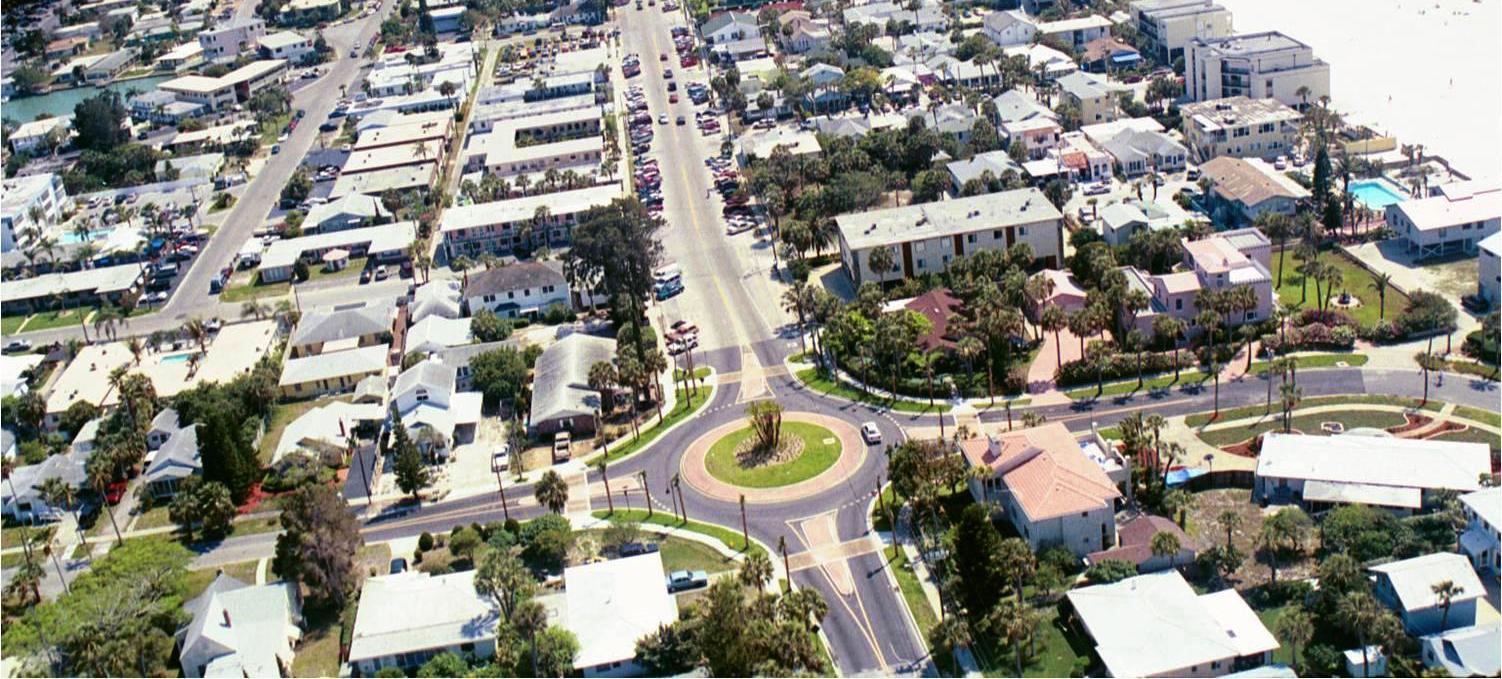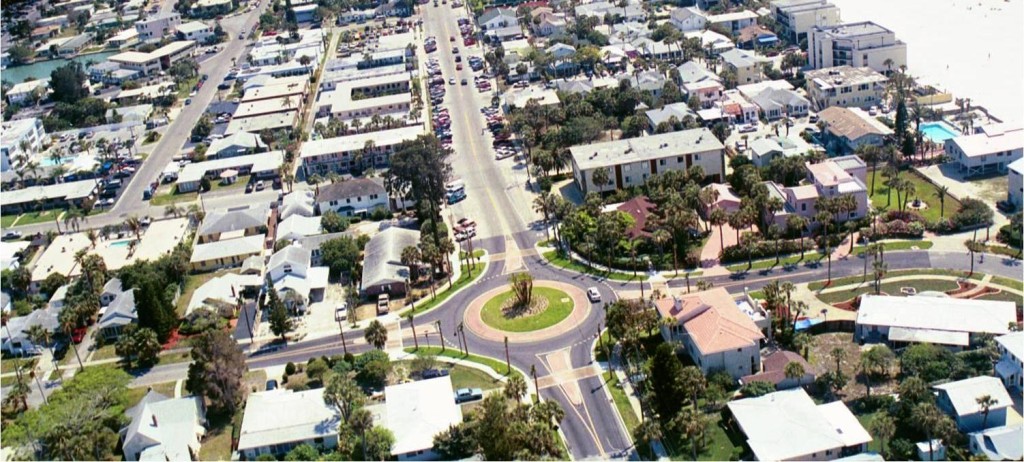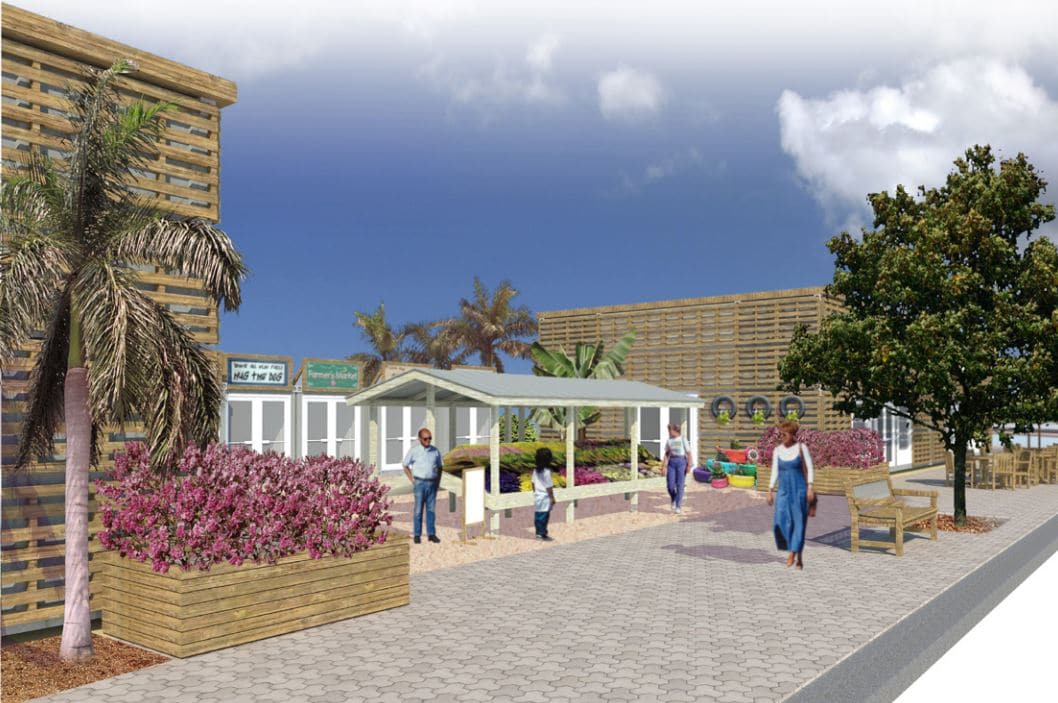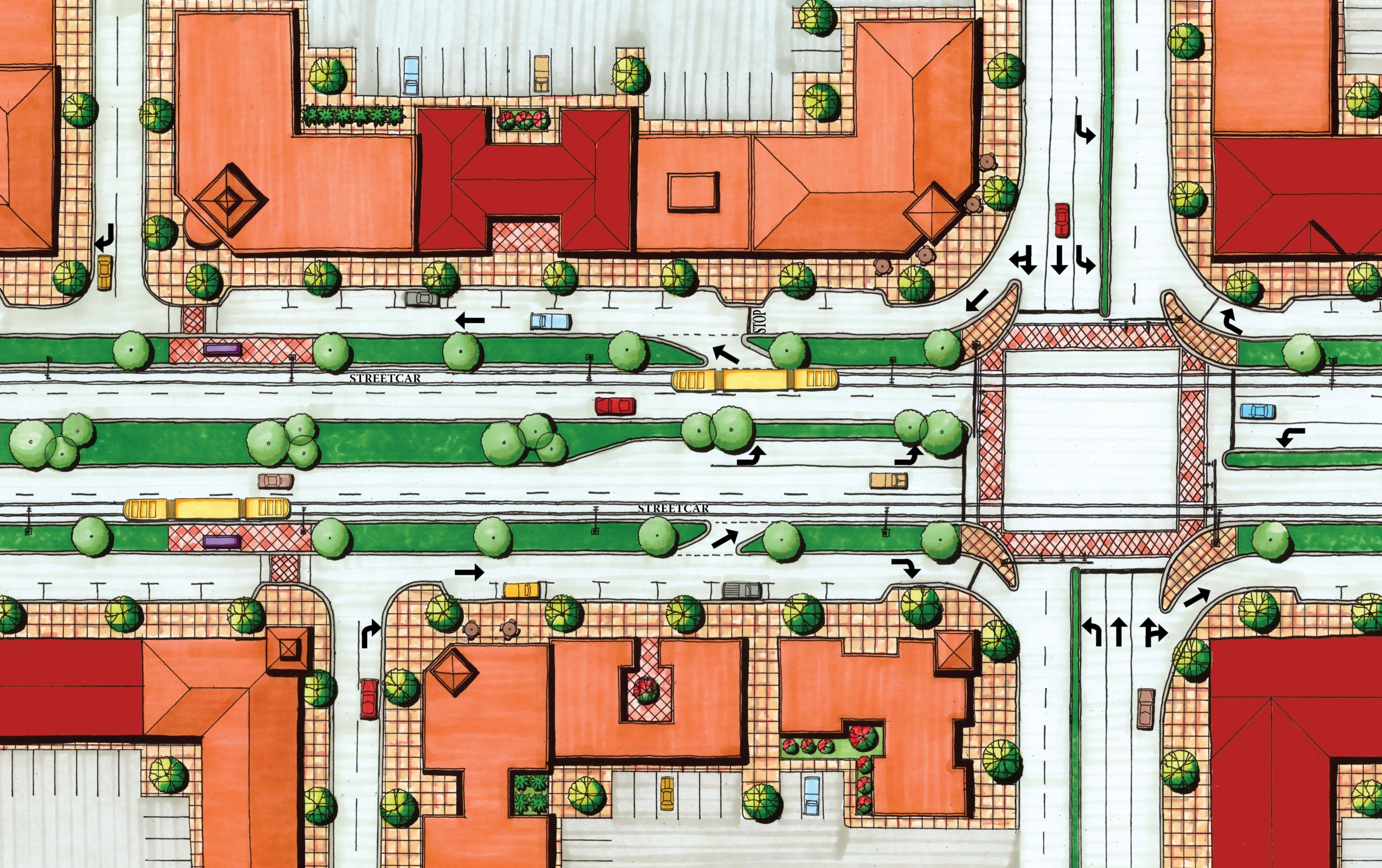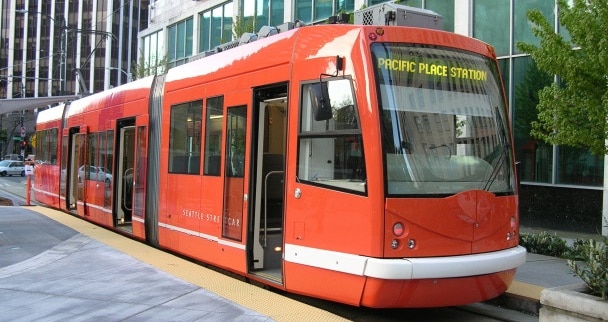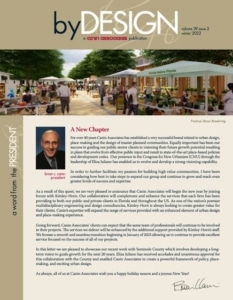The Benefits of the Modern Roundabout
Image by Ken Sides, City of Clearwater
In 2007, the United States built its 1,000th roundabout. That same year, France built its 30,000th roundabout. Although countries around the world have taken the benefits of modern roundabouts to heart, this intersection solution has taken a little longer to grab hold in American municipalities. Nonetheless, as the benefits of this design become increasingly apparent (and needed), more and more intersections are following this circular model. So, what makes roundabouts so desireable?
Roundabouts Reduce Environmental Impacts
According to a study in Time Magazine, roundabouts cut hydrocarbon emissions at intersections by as much as 42%. By reducing idling, ten circular intersections in Virginia were found to save 200,000 gallons of gas each year. The “Gateway Roundabout” in Clearwater, Florida, replaced three signalized intersections and one stop-controlled intersection with a single two-lane traffic circle. Stop delays–and therefore emissions–were reduced by 68%. Likewise, similar interventions in Kansas were found to ease traffic delays by an average of 65%.
Roundabouts Are Safer by Design
 Each year, over 30,000 individuals die in car crashes in the United States– and that doesn’t include the even greater number of annual crashes involving injuries to drivers and pedestrians. One solution to these high figures is the replacement of signalized and stop-controlled intersections with roundabouts.
Each year, over 30,000 individuals die in car crashes in the United States– and that doesn’t include the even greater number of annual crashes involving injuries to drivers and pedestrians. One solution to these high figures is the replacement of signalized and stop-controlled intersections with roundabouts.
The Federal Highway Administration (FHWA) and the Insurance Institute of Highway Safety found that replacing conventional intersections with roundabouts reduced overall collisions by 37%, collisions involving injuries by 75%, and collisions involving fatalities by 90%. Moreover, collisions with pedestrians were reduced by 40%.
Roundabouts Move More Cars
According to the FHWA, a single-lane roundabout can handle up to 2,500 vechilces per hour. It would take two travel lanes (and usually left and right turn lanes) in each direction to match that capacity. In other words, roundabouts handle more traffic with less pavement.
Overall, the benefits of these modern traffic circles are clear. While most traffic designers have caught on, it’s now up to local municipalities to allow for the conversion of conventional intersections.

